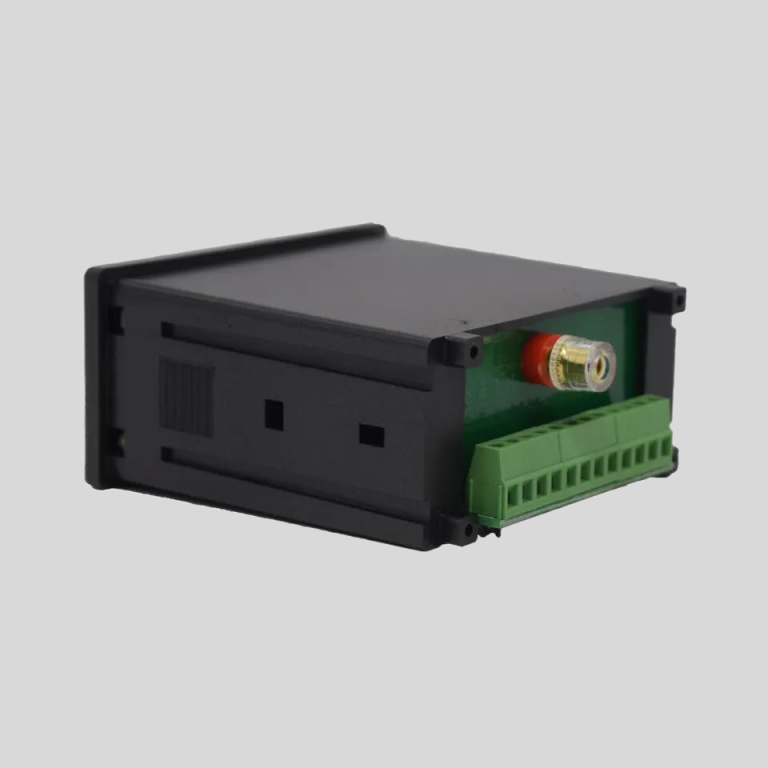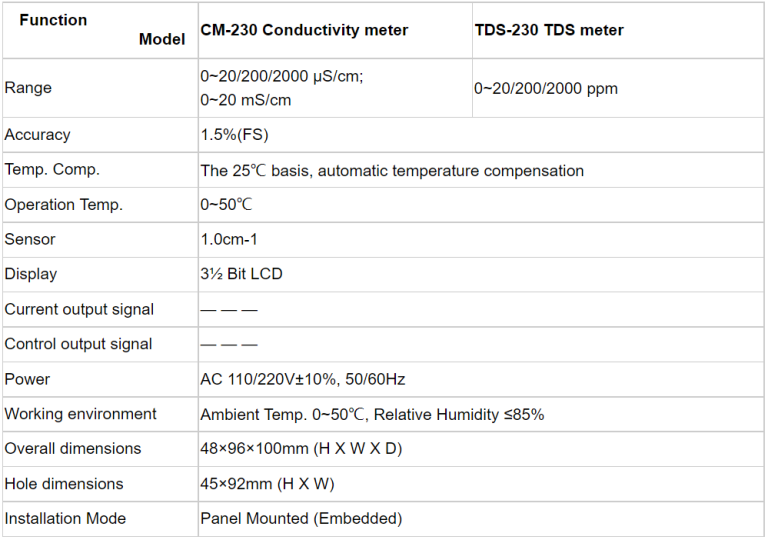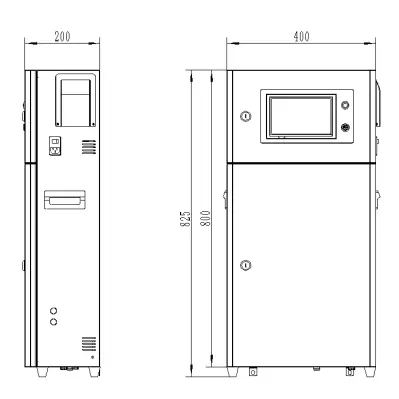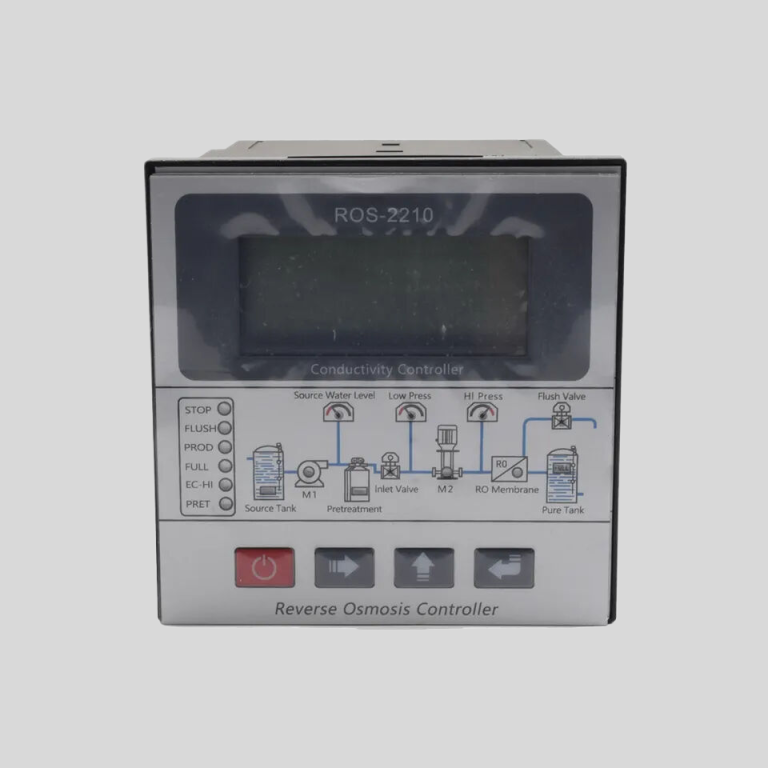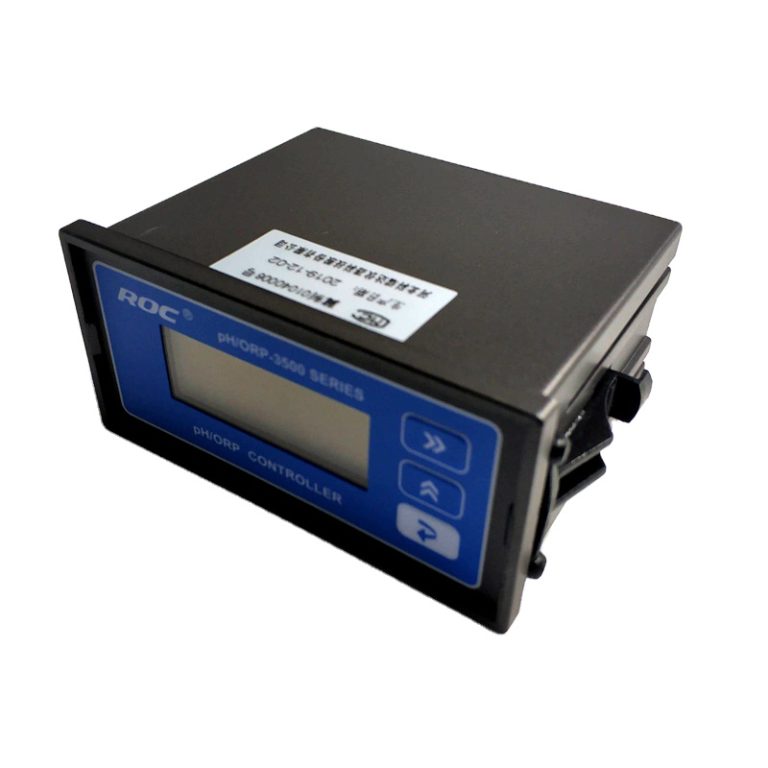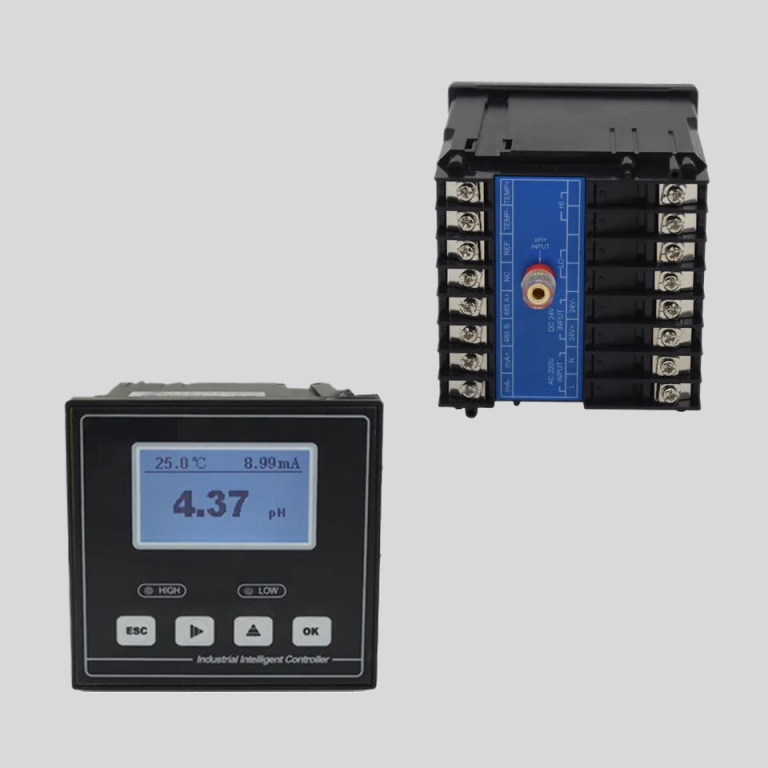The Importance of Water Quality Monitoring Equipment
Water quality monitoring equipment plays a crucial role in ensuring the safety and health of our water supply. With the increasing concerns over pollution and contamination, it has become more important than ever to have reliable tools to monitor and assess the quality of our water sources. In this article, we will explore the importance of water quality monitoring equipment and how it helps to protect our environment and public health.
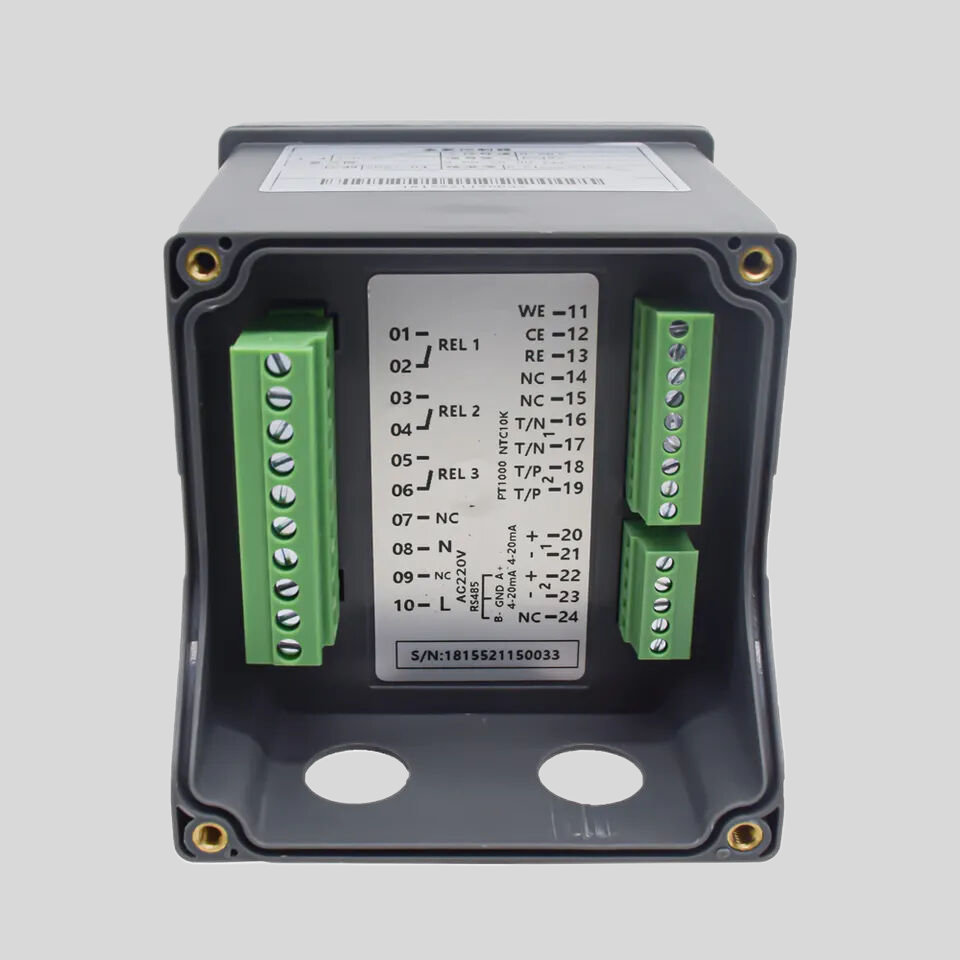
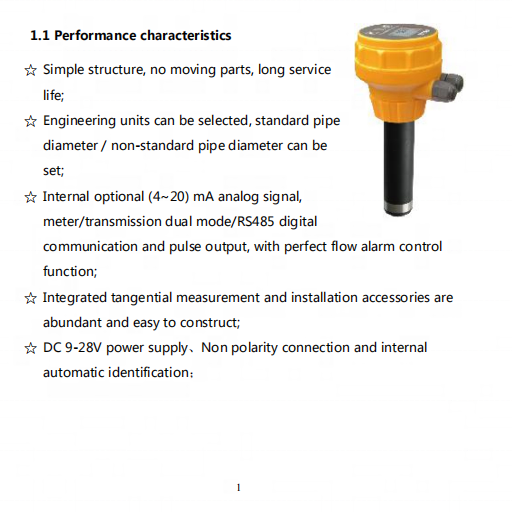
One of the key reasons why water quality monitoring equipment is essential is its ability to detect and measure various contaminants in water. These contaminants can come from a variety of sources, including industrial discharge, agricultural runoff, and even natural processes. By using specialized sensors and instruments, water quality monitoring equipment can identify pollutants such as heavy metals, pesticides, bacteria, and other harmful substances that can pose a threat to human health and the environment.
In addition to detecting contaminants, water quality monitoring equipment also helps to track changes in water quality over time. This is important for identifying trends and patterns in water pollution, as well as for assessing the effectiveness of pollution control measures. By collecting data on parameters such as pH, dissolved oxygen, turbidity, and temperature, water quality monitoring equipment can provide valuable insights into the health of our water bodies and help to guide decision-making processes.
| Model | TUR-6101 Laser Turbidity Data Acquistion Terminal |
| Range | 0-10/100/4000NTU or as required |
| Display | LCD |
| Unit | NTU |
| DPI | 0.01 |
| Accuracy | ±5% FS |
| Repeatability | ±1% |
| Power | ≤3W |
| Power Supply | AC 85V-265V±10% 50/60Hz or |
| DC 9~36V/0.5A | |
| Working Environment | Ambient temperature:0~50℃; |
| Relative humidity≤85% | |
| Dimensions | 160*80*135mm(Hanging) or 96*96mm(Embeded) |
| Communication | 4~20mA and RS-485 communication (Modbus RTU) |
| Switched output | Three-way relay,capacity 250VAC/5A |
Furthermore, water quality monitoring equipment is essential for ensuring compliance with regulatory standards and guidelines. Governments and environmental agencies around the world have established strict regulations to protect water quality and ensure the safety of drinking water supplies. By using advanced monitoring equipment, water utilities and regulatory agencies can monitor water quality in real-time, identify potential risks, and take prompt action to address any issues that may arise.
| Model | CCT-3300 Series Conductivity Online Controller |
| Constant | 0.01cm-1, 0.1 cm-1, 1.0cm-1, 10.0 cm-1 |
| Conductivity | (0.5~20)mS/cm,(0.5~2,000)uS/cm, (0.5~200)uS/cm, (0.05~18.25)MQ·cm |
| TDS | (250~10,000)ppm, (0.5~1,000)ppm, (0.25~100)ppm |
| Medium Temp. | (0~50)℃ |
| Resolution | Conductivity: 0.01uS/cm, TDS:0.01ppm, Temp.: 0.1℃ |
| Accuracy | Conductivity: 1.5%(FS), Resistivity:2.0%(FS), TDS: 1.5%(FS), Temp.: +/-0.5℃ |
| Temp. compensation | (0-50)°C (with 25℃ as Standard) |
| Cable length | ≤5m(MAX) |
| mA output | Isolated (4~20)mA, Instrument / Transmitter for selection |
| Control Output | relay contact: ON/OFF, Load capacity: AC 230V/5A(Max) |
| Working Environment | Temp.(0~50)℃;Relative Humidity ≤85%RH (none condensation) |
| Storage Environment | Temp.(-20~60)℃;Relative Humidity ≤85%RH (none condensation) |
| Power Supply | CCT-3300:DC 24V; CCT-3310: AC 110V; CCT-3320: AC 220V |
| Dimension | 48mmx96mmx80mm(HxWxD) |
| Hole Size | 44mmx92mm(HxW) |
| Installation | Panel mounted, fast installation |
Another important aspect of water quality monitoring equipment is its role in early warning systems for waterborne diseases. Contaminated water can harbor harmful pathogens such as bacteria, viruses, and parasites that can cause serious illnesses in humans. By monitoring water quality parameters such as coliform bacteria levels and chlorine residuals, water quality monitoring equipment can help to detect potential outbreaks of waterborne diseases and prevent the spread of infections.
Moreover, water quality monitoring equipment is essential for protecting aquatic ecosystems and wildlife. Pollution and contamination can have devastating effects on aquatic life, leading to fish kills, algal blooms, and habitat destruction. By monitoring water quality parameters such as nutrient levels, dissolved oxygen, and toxicity, water quality monitoring equipment can help to identify sources of pollution and mitigate their impact on aquatic ecosystems.
In conclusion, water quality monitoring equipment plays a critical role in safeguarding our water resources and protecting public health. By detecting contaminants, tracking changes in water quality, ensuring regulatory compliance, and providing early warning of waterborne diseases, water quality monitoring equipment helps to maintain the integrity of our water supply and preserve the health of our environment. As we continue to face challenges related to water pollution and contamination, investing in advanced monitoring equipment is essential for ensuring the sustainability and resilience of our water systems.

